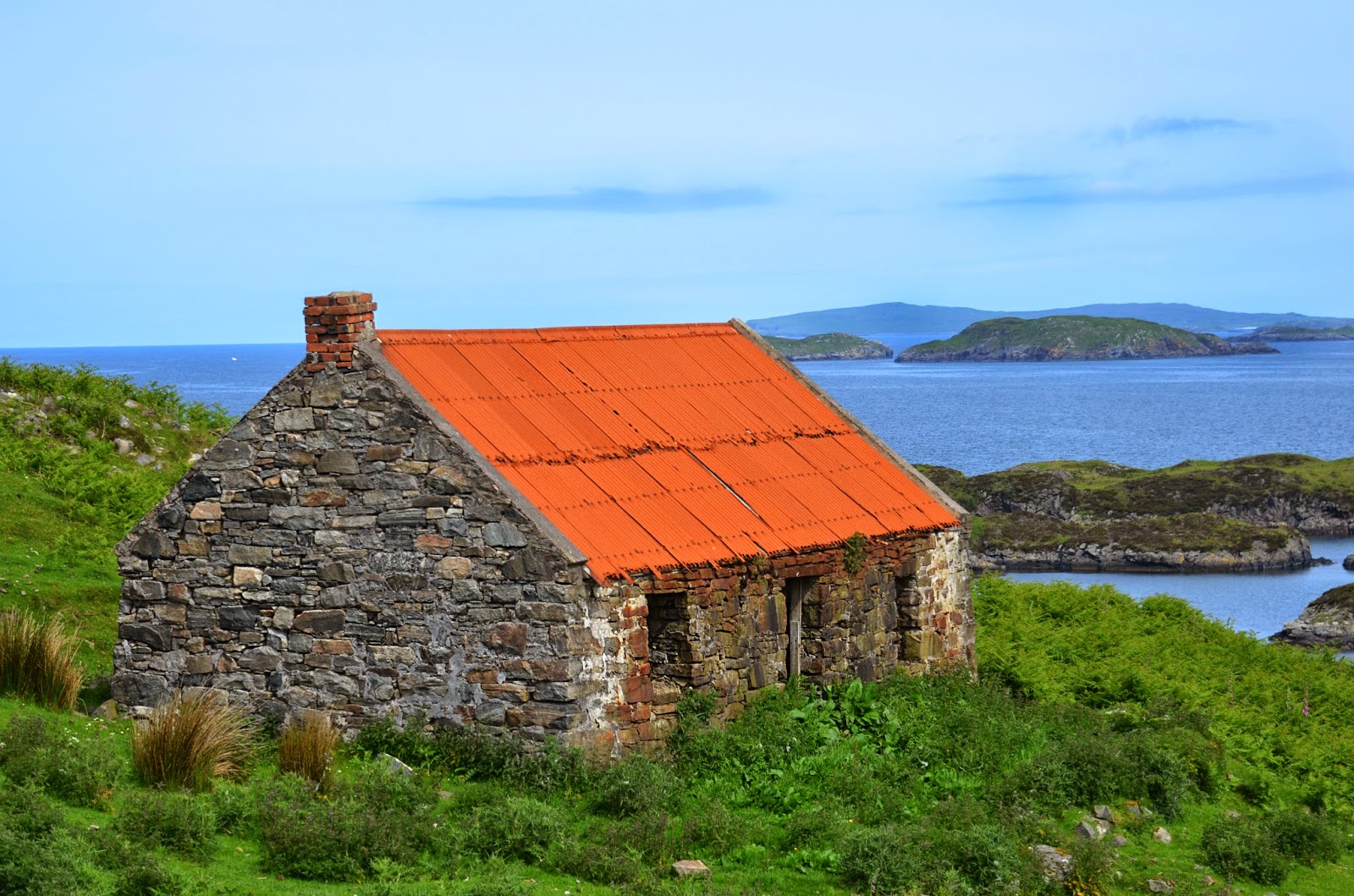'We need the tonic of wildness...At the same time that we are earnest to explore and learn all things, we require that all things be mysterious and unexplorable, that land and sea be indefinitely wild, unsurveyed and unfathomed by us because unfathomable. We can never have enough of nature.”
Henry David Thoreau, Walden: Or, Life in the Woods
I HAVE indulged in an illicit love affair with north west Scotland for decades.
Every year, when family and friends are taking planes to far-off sunny climes, living lavish temporary all-inclusive lifestyles on a tropical beach, the solitary voice of the cold wilderness calls me to return.
In response, I pack the tent or, more lately, the camper van, and head north to reunite with my soul.
There is nowhere in the world like the north-west Highlands of Scotland, where deer and eagles are more profuse than people; where humankind has learned to endure rather than prosper; and where contemporary society is a condition that other people are forced to live with.
 |
| Bothy in Drumbeg, looking out to Eddrachillis Bay |
The further north I travel, however, the further the perspective of remoteness moves. The brooding mountains of Glencoe and sweeping Caledonian forests of Glen Garry no longer hold the same heart-thumping thrill.
The Highlands, for me, begins on the sun-bleached rocky shores of Loch Lochy: this is where I get that surge of excitement that I have actually reached that 'somewhere'. It carries on through Ross and Cromarty and ends in the most spectacular landscapes in the United Kingdom and, to me, the world: Assynt - a magnificent wilderness of rock and water and one of the oldest places in the world.
The mountains in the picture - from left, Canisp, Suilven, Cul Mor and Cul Beag - were squeezed out of the earth in, what geologists call, the Moine Thrust and some of the rocks that have carved this spectacular landscape are over 800 million years old.
Eight hundred million years ago, the world was just ocean and one big super-continent called Rodina. It was five hundred and fifty years later that the continent broke up, drifted apart and formed the world as we know it today.
Although Glaciation and warming have further sculpted the mountains around Planet Earth, the hard bedrock of Sutherland is as thrawn and inclement as its climate. This is a place that, over the millennia, has refused to be sullied. Although this land has been frequently studied, surveyed and explored, it remains unfathomable; its impact on the soul, immeasurable.


No comments:
Post a Comment